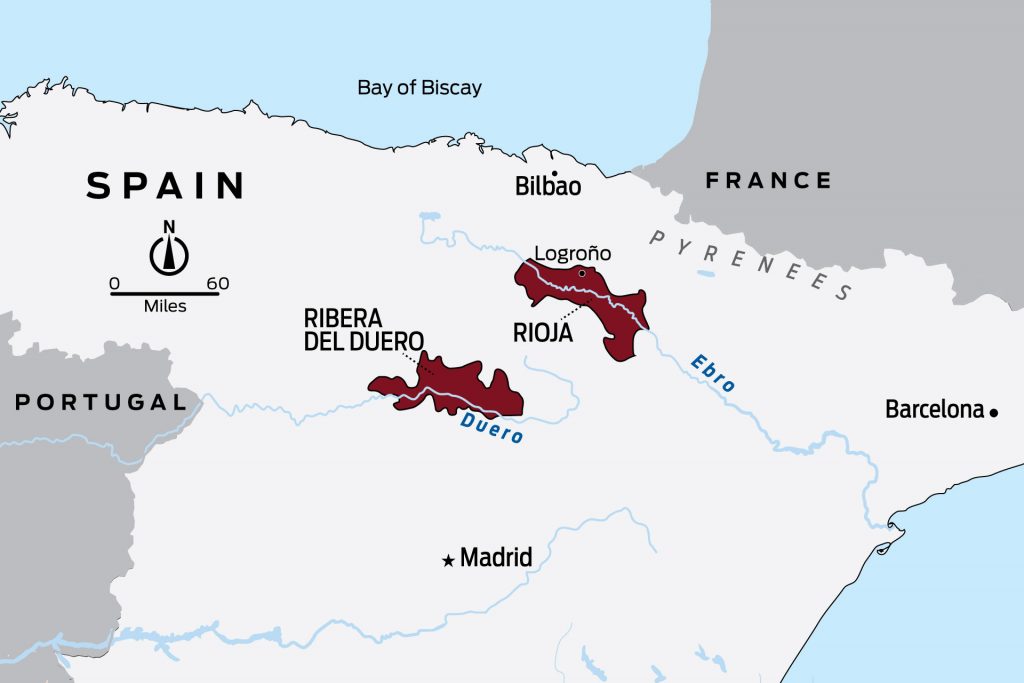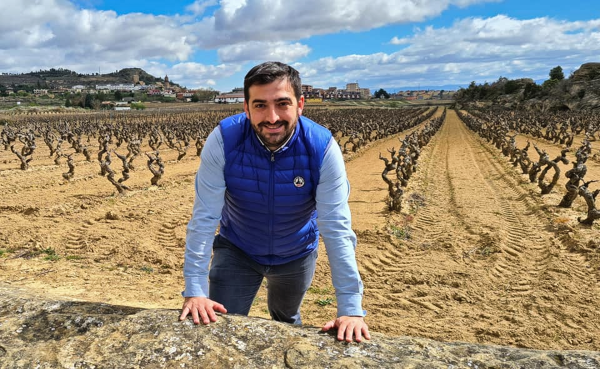Our time in Rheims concluded with a trip to Taiitinger Champagne, based near the Bascilica of St Remi. This included a tour of the cellars, the oldest of which reach some 20 meters under ground, in ancient Gallo-Roman chalk mines from the 4th Century. The old abbey that lived above the cellars was destroyed in the French Revolution, but the caves below remained intact. The limestone-chalk walls absorb humidity, and keep the cellar between 10-12 degrees all year long, ideal for cellaring Champagne. These are the oldest cellars where the top end Compte de Champagne and larger sized bottles are stored, as there is only room for a paltry 2,000,000 bottles here - the house champers that we are more familiar with are made and stored offsite. This photo is a stack of 72,000 bottles of the good stuff!

Next we drove East with a fleeting visit to the Ossuary of Verdun. This was the site of the tragic battle in WWI that claimed 300,000 lives, and some 700,000+ additional casualties over a gruelling 300 days of trench warfare 100 years ago. The graves around this necropolis house the bodies of 130,000 French soldiers. Very sombre memorial to mankind's folly, that is all the more tragic to realise the same tragedy has repeated so many times.
A further few hours East reaches the French region of Alsace. As soon as on enters the region, the German history is immediately felt in the names of the villages and quaint Germanesque towns. Riquewihr was our destination, a tiny historic medieval town that has been restored almost just as it was. Narrow cobblestone streets, packed with shops and tourists. Adorably quaint, and just a touch kitsch.

Alsace produces arguably the best aromatic wines in the world, made from Riesling, Pinot Gris, Gewurztraminer, and a number of other lesser known varietals (like Pinot Blanc, Sylvaner, Pinot Auxerrois, and more). We have arrived at the end of 'vendage' (harvest) and the town carries the unmistakable smell of fermentation and grape must everywhere.
There are around 1,000 producers in the region, including 21 Grand Cru sites, we walked around the Schoenenbourg Grand Cru on the steep hills surrounding Riquewihr. For those of you that think you don't like Riesling need to try this stuff - nectar of the gods. Considerably drier than the typical German versions, with excellent body, elegance and richness. The Gewurztraminer wines from here are also stunning, with an outstanding balance between fruit, florals, perfumes, spice, and texture. The Grand Cru wines are substantially more expensive, but are very impressive wines that will reward a patient cellar... But still impress an impatient enthusiast.
The winery of Dopff & Irion explains the lack of netting around the remaining grapes up high. The risk to the fruit here comes lower to the ground - from roaming and hungry wild boars! We do our best in the evening to support the local industry by supping on delicious wines, and also tasting delicably tender wild boar - which tastes not dissimilar to our tasty NZ venison. Our faith in French culinary talent is restored (see the previous blog for the reason why!).
- - We would love your feedback or experiences, you can add comment on any of our blog entries without creating an account (though will need to supply an email address that will not be displayed). - -


